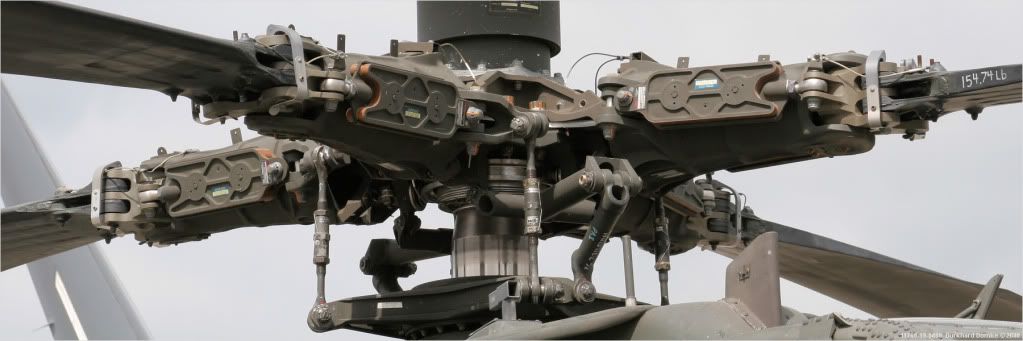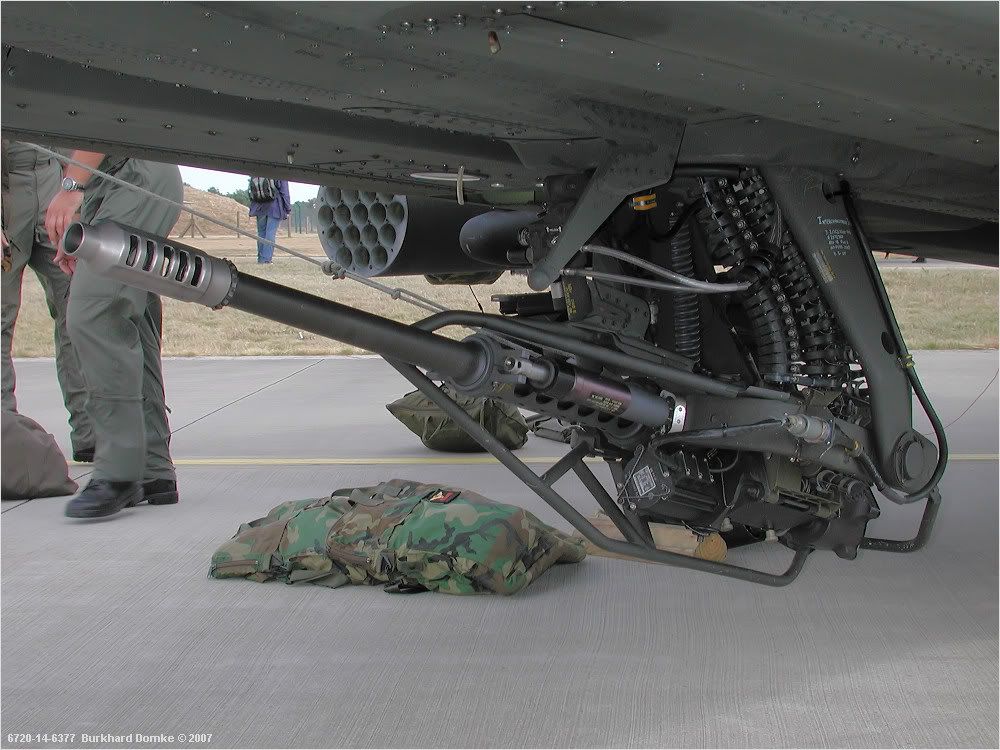The BRAWL² Tournament Challenge has been announced!
It starts May 12, and ends Oct 17. Let's see what you got!
https://polycount.com/discussion/237047/the-brawl²-tournament
It starts May 12, and ends Oct 17. Let's see what you got!
https://polycount.com/discussion/237047/the-brawl²-tournament
How much detail is too much?
I'm sort of a perfectionist, so I always run into this problem when modeling. How do you know how much detail to include in models, high poly models in particular?
For example, I want to do an AH-64 Apache for a project, starting with a high poly model. Is it realistic to try to include all of these details in the model? If not, how do you know what to include or not?


For example, I want to do an AH-64 Apache for a project, starting with a high poly model. Is it realistic to try to include all of these details in the model? If not, how do you know what to include or not?


Replies
If not, you should try to omit detail that could be done in texture maps. Look at the subject at a distance and judge what contributes to the silhouette of the model. Some obvious things to omit are rivits, bolts and nuts.
The trick is to focus on the MAJOR design element. You, as the artist, need to pick that element out of the mess of shapes and then make sure that you polish that element and make it reasonably accurate.
You don't compromise on your major elements and then make all the compromises you need on the other elements to get the project done on time.
Then if there is a problem and they need you to explain why something isn't accurate you can simply or present you tell them that given items size on screen and the amount of time I was given it would have been a bad decision to spend the time figuring out how to accurately re-create that in 3D.
Also try and get the BIG shapes into the engine as early as possible and then add details and make revisions after your initial export to the engine. You should always try to allocate time to make revisions and add additional details. If you made good decisions early on it should be easy to add details to your major elements.
Game or render? Distance from camera? If it's a game, will the player ever get close to it??
you don't want to waste time modeling parts of an asset if they're not going to be seen, or lost in the texture bake.
I'm required to have a video with it animated and moving, and I'm planning on having some of the shots fairly close up. I've been looking at assets from games I've played, and once I take the time to look at them up close, I realize that they are missing many of the details I see in real pictures. It's just that when you are playing you don't have the time to notice. I guess I'm just trying to find that line of when a player will begin to notice a lack of detail while playing.
Details are great, but make sure you get the major forms first. Start big, perfect the shape, then work inward to the next biggest shape. It's true that upon inspection, a lack of detail is noticeable, but if the whole form is mis-shaped and ill proportioned, that will stand out a whole lot faster.
I'd say those are sort of the upper-limit in terms of modeled highpoly detail, Epic seem to not hold back at all there. But in tricount for the lowpoly meshes, they're starting to go a bit towards the low side.
A lot of very good points here, but let me add that you need to consider the added time in every aspect of the creation process: those parts you're showing are not very "clumped together', more open and loose parts, with a very complex silhouette. If you go and model that in HP, you will need to create a fairly complex LP, and you'll need to put a lot more time in the baking process.
So if you were to go full accuracy, you'll end up doing a lot of work that isn't necessary. Try to simplify in terms of silhouette, so that you can keep the number of seperate, small parts down in the LP.
If you want to see how I did the high & low on a very complex object (applying what I just said here), check these out:
Highpoly:
http://cg.tutsplus.com/tutorials/autodesk-3ds-max/creating-a-next-gen-video-game-hot-rod-the-complete-workflow-day-3
Lowpoly:
http://cg.tutsplus.com/tutorials/autodesk-3ds-max/creating-a-next-gen-video-game-hot-rod-the-complete-workflow-day-5
+1
I would consider planing out what sort of texture size the end product will be baked to as there is a finite amount of detail that can shown on any one texture.
I always work on the rule that the finest amount of detail you can bake is 1 polygon per pixel, so assuming that you are using a 2k texture, the most detail you can accurately capture is 4194304 polygons (and that is when you are using 100% of the UV space).
If we then say that you have 20% unused space, that gives you a 3355443 poly limit to work with
This sort of advice is given a lot, but i feel it is fairly misguided. Omitting things like nuts, rivets etc, things that are literally the absolute-easiest thing to create in 3d, and instead do them in 2d, where you have to worry about extra passes for masks, ao, and texture distortion. All you're doing is giving yourself MORE work by doing this work in 2d. Model one rivet mesh, use a "paint on surface" tool/script and fill your model out with rivets in a few minutes, get RBG, normals and AO data for free with no extra effort spent.
So, to me looking at those sort of details, the ones that are very very easy to create and cutting those out is the wrong way to look at it. What you want to do is look more at:
1. What areas are highly unlikely to be visible to the player, you can get away with simplifying these ares.
2. What areas will have such fine detail if modeled accurate that they will not read well/have enough pixels to represent the forms, again simplifying these areas, this will not only speed up the modeling process but help to keep your work from turning into a mess of noise.
3. Where can you cheat? Use floating geometry, create complex shapes using multiple intersecting meshes instead of large seamless meshes that will take forever to build. Separate your high into logical chunks, EI: real things are built from many small pieces, no need to keep everything one mesh.
4. What areas are simply absurdly complex and not worth the extra time *even if you had it*?
5. Which areas can you simplify, which shapes can you merge or simply change the design of to make the high work better with your low?
Looking at it from this perspective it should begin to come clear how you can start shaving time off asset production.
We can quickly get in trouble with this mentality. If you're adding detail simply to add detail and are unaware of the effect it has on style, scale, readability, cohesiveness in the scene/level/game, etc. Which are all very common flaws i see in a lot of work then yeah, you can EASILY have too much detail.
MORE DETAIL =! BETTER
say you were just painting screws on a surface in 2d, and had a rivet that was even smaller actually modeled in right next to it, when the rivet catches light and the screw does not, your brain is going to be thinking something is fishy. if it was all just painted on, your brain has already accepted this consistent, albeit terrible, level of detail.
cinematic, closeup, hero character, and objects directly interacting with the player character are the first place you'd probably want to make sure your detail is up to snuff. after that, keep the level of detail all relative to those, in order to keep things consistent.